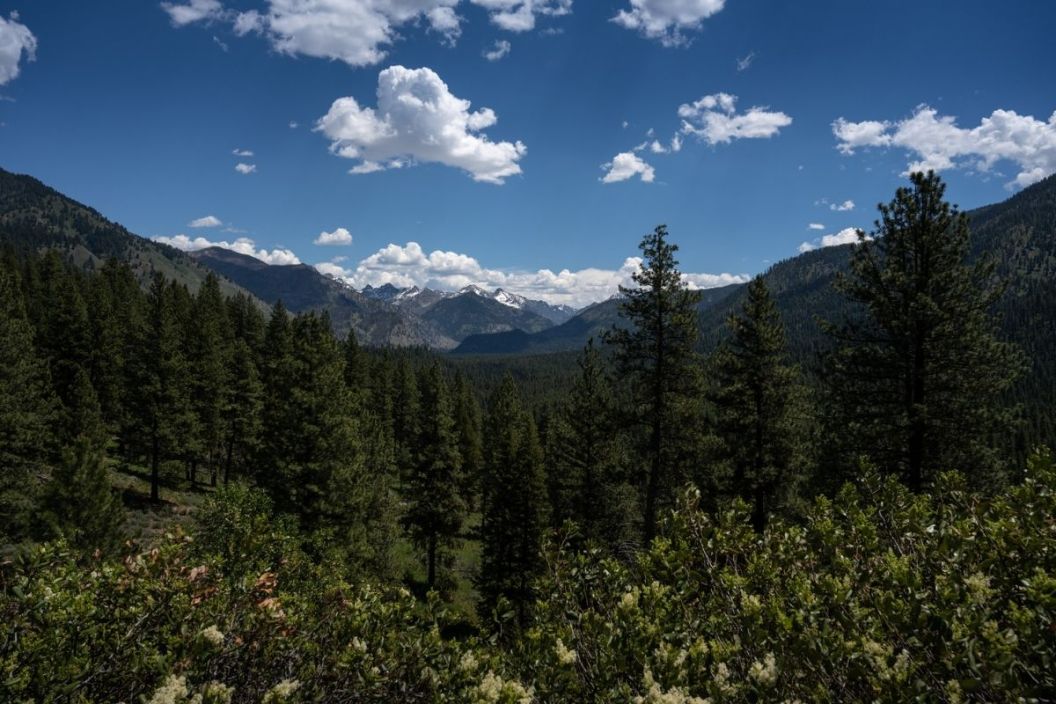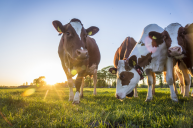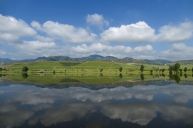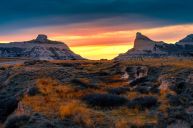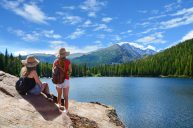Encompassing over 2,500,000 acres in the state of Idaho, the Boise National Forest (Boise NF) presents an epic outdoor wonderland for wildlife and visitors alike. Formed in 1908, the Boise National Forest was originally a part of the Sawtooth Wilderness and is managed by the U.S. Forest Service (USDA).
About the Boise National Forest
Primarily in central Idaho, the Boise National Forest is separated into five areas: the Cascade, Idaho City, Lowman, Mountain Home, and Emmett ranger districts. Which means, no, it's not necessarily close to Boise, Idaho. In fact, the national forest is a little over two and a half hours from the city.
This vast national forest boasts the Salmon River, the Boise River, the highest point at Steel Mountain (9,730 feet), 9,600 miles of waterways, and 15,400 lakes and reservoirs. It also holds the Frank Church-River of No Return Wilderness and Sawtooth Wilderness areas within, and the Payette National Forest borders its north side. Sawtooth National Forest and the Salmon-Challis National Forest bordering its east side.
Land Acknowledgement
Before we dive into the wild and beautiful ways of Idaho's most extensive forest, we must first acknowledge that this land belongs to many Indigenous tribes, including the multiple bands of the Shoshone. The area was a hot spot for the gold rush and lots of mining for minerals such as tungsten, silver, antimony, and more gold.
Recreational Activities
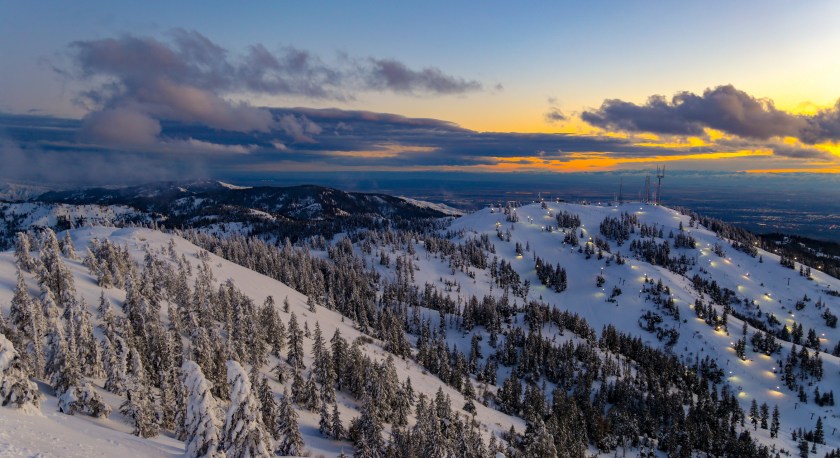
christiannafzger via Getty Images
Winter Sport
Winter sports are another must for adventure seekers visiting the Boise or Stanley area. The forest provides options for snowmobiling, skiing, snowboarding, ice fishing, and cross-country skiing. The Bogus Basin Ski Area north of Boise has 7 lifts, 45 groomed runs, 2,000 acres of night skiing, and 12 miles of groomed Nordic trails.
Hot Springs
Hot springs are another exciting activity available in the forest. There is nothing like a relaxing soak after hiking all day. While there are dozens in the woods, some of the favorites include Kirkham and the pools found along the Ponderosa Pine Scenic Byway and the Banks-Lowman Highway (also called the Wildlife Canyon Scenic Byway).
Biking
Bikers will delight at the 1,300 miles of summer biking trails in the public lands of the forest. Many of the trails are on open forest roads, many gated for non-motorized use only. Bikes are only allowed on authorized roads and trails, and cross-country traveling is prohibited.
Fishing
Anglers will appreciate the abundant fishing opportunities available within the forest. Prominent spots include the North Fork, Middle Fork, South Fork Payette River, Boise, and Salmon Rivers. Popular fish include steelhead and other trout species. You can also check out the Boise River section in the city of Boise for rainbow trout that are stocked all year!
Water Sports
Water sports are the name of the game in the summer months, and visitors to the recreation area can participate in fantastic whitewater rafting trips, kayaking, canoeing, swimming, boating, and sunbathing.
Equestrian
As far as horseback riding is concerned, the Boise NF has hundreds of trails open for equine lovers. However, all trails are multi-use, and there are no horse-only trails.
Scenic Drives
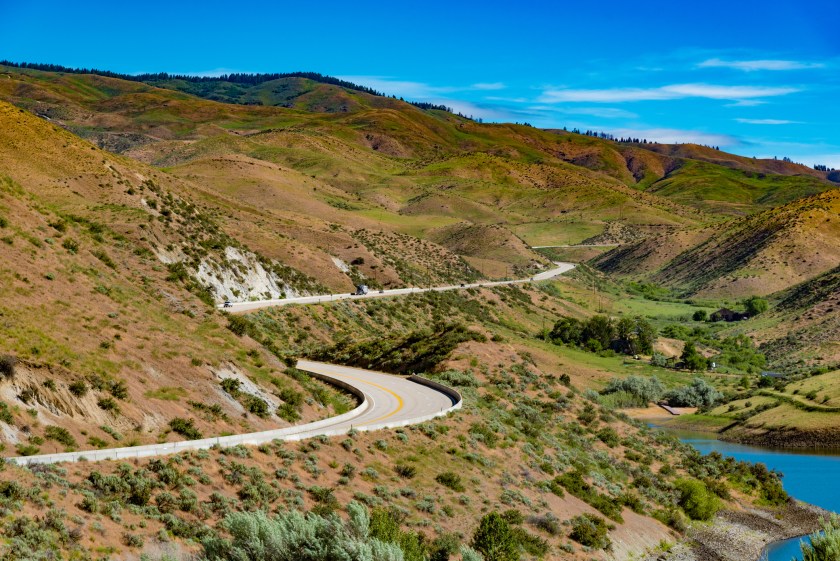
tristanbnz via Getty Images
If scenic drives are more your thing, you are in luck! The Boise National Forest offers two major scenic byways, including the Payette River National Scenic Byway and the Ponderosa Pine Scenic Byway.
Camping in the Boise National Forest
The Boise National Forest boasts over 70 campgrounds throughout its vast woods, ranging from minimal to very developed. Fees change depending on the services and location. Some popular campgrounds include Deadwood, Warm Lake, Hollywood, Bull Trout Lake, and Little Roaring River. Check out this site for specifics and peruse the campgrounds depending on which area of the forest you are in. Most campgrounds are open from late May to late September.
Wildlife & Trees of the National Forest
There really is no part of this scenic forest that will take your breath away from its beauty. These wilderness areas present an incredible variety of plant and animal life, and there are countless places to witness them for yourself. The forests are thriving with arbor life and are home to Ponderosa pines, Douglas fir, Engelmann spruce, lodgepole pine, grand fir, and yellow pine (to name a few)!
As far as wildlife is concerned, almost 300 mammals, birds, amphibians, fish, and reptiles live here. Some of the bigger animals include Rocky Mountain elk, mountain goats, mountain lions, black bears, and mule deer.
Important Information
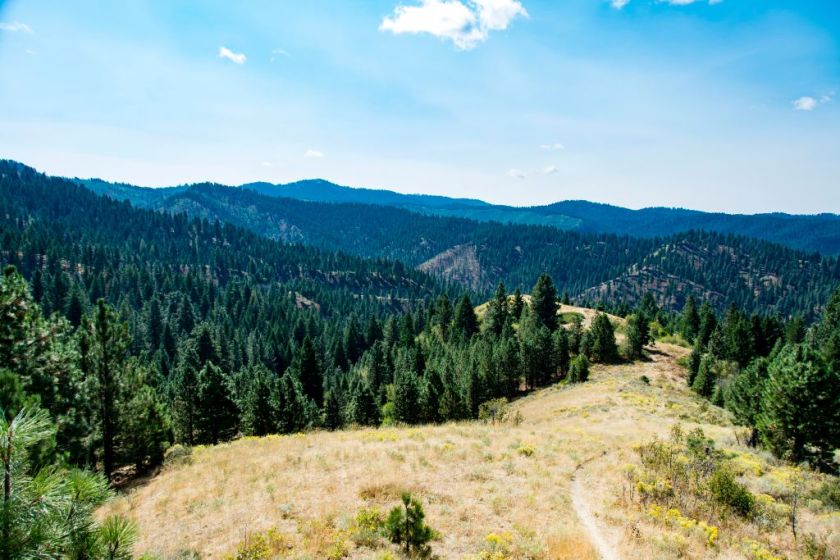
Education Images/Universal Images Group via Getty Images
Wildfire safety is of utmost importance in this fragile environment. Pay attention to current fire protocols and obey all posted signage and rules. For all information about required passes and permits, go here. Hours of operation depend on what activities you're interested in, when you're planning your trip to the national forest, and where you plan to stay.
Have you trekked the Boise National Forest? Share your trip on our Wide Open Roads Facebook!
